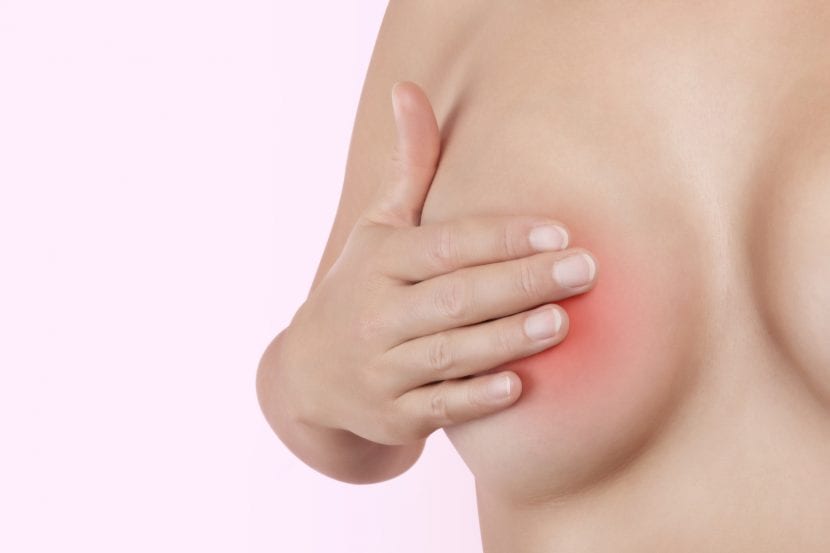
One of the things that can bother us the most when breastfeeding our baby are those happy cracks in the nipple. They are injuries, sometimes bleeding, that occur when the newborn incorrectly grasps the breast. The baby's poor latch on to the breast is one of the most frequent causes of the appearance of cracks. This happens when the baby only takes the nipple with his mouth and does not also grasp part of the areola. A short sublingual frenulum you can make them appear despite taking good positions during shots.
But, and if they appear to us, what do we do? If we already have them, surely the moment the baby claims the breast, we panic. The first thing to do is to achieve a strong mental state; be very clear that we want to breastfeed our child for its benefits despite this totally reversible pain. After strengthening our mind, we should follow the three golden rules; prevent, avoid and cure.
Prevent and prepare the breast
During pregnancy, and especially as delivery approaches, our nipples change. Your midwives will be able to recommend you some nipple preparation cream. Nevertheless, It is not advisable to abuse preparative creams or ointments as they can make the nipple very tender. The nipple needs to create a kind of "callus" in lactation so that it is harder and does not break. If we keep it constantly moistened, the appearance of cracks will be favored. Therefore, I would place more importance on the next point.
Avoid the appearance of cracks
Once the baby is born, it is important to offer the breast correctly to facilitate a good latch. The easiest thing is to put the tip of the nipple just below his nose so that he opens his mouth wide and takes a good piece of breast. At first it is normal that the grip hurts because the nipple is still untrained. In addition, its sensitivity during the first weeks is very great due to the action of hormones. After a few weeks, your baby will latch on like a pro and you shouldn't feel any pain. If you still notice pain, bloody cracks appear or the cracks that you have have not finished healing, consult your midwife.
However, and even if your baby latches on well, cracks may appear if your breasts have been covered for many hours. After the feedings it is recommended that the breast be dried in the open air. You can also take advantage of the milk that remains around the nipple to nourish it. As soon as you have a chance to be with your breasts without a bra, take advantage.

The baby grabs the nipple and a "bite" of the areola. This would be the shape that the lips of your newborns should adopt.
Heal and relieve the chest
If despite having prevented during pregnancy and having tried to avoid the cracks have appeared, do not be alarmed. They hurt, I know. As soon as my daughter was born, she opened a crack in my nipple and I still see the stars when I remember. Remember the benefits of breastfeeding (although it is also important that it is pleasant for both of you). What's more, there are many creams on the market that help relieve nipple pain. The ones made from lanolin can help you.
But the important thing, and again I tell you, is keep the nipples uncovered as long as possible and help the baby to latch on well. If the cracks are preventing you from enjoying breastfeeding, you can help yourself with nipple shields until they heal. Always check with your midwives or a lactation consultant; They will guide you in order to maintain your breastfeeding. Some doctors will tell you to leave the breast or not to give it to the baby if it bleeds; the breast you must continue offering it always. Remember that cracks are temporary; they will eventually heal and the moment the nipple "matures" they will be a thing of the past.
In order for the baby to learn to latch on well to the breast, avoid the use of pacifiers or bottles the first months of life. Babies who are offered these two things early have been shown to take longer to suckle properly. Therefore, mothers suffer cracks more often and may stop breastfeeding because of pain.